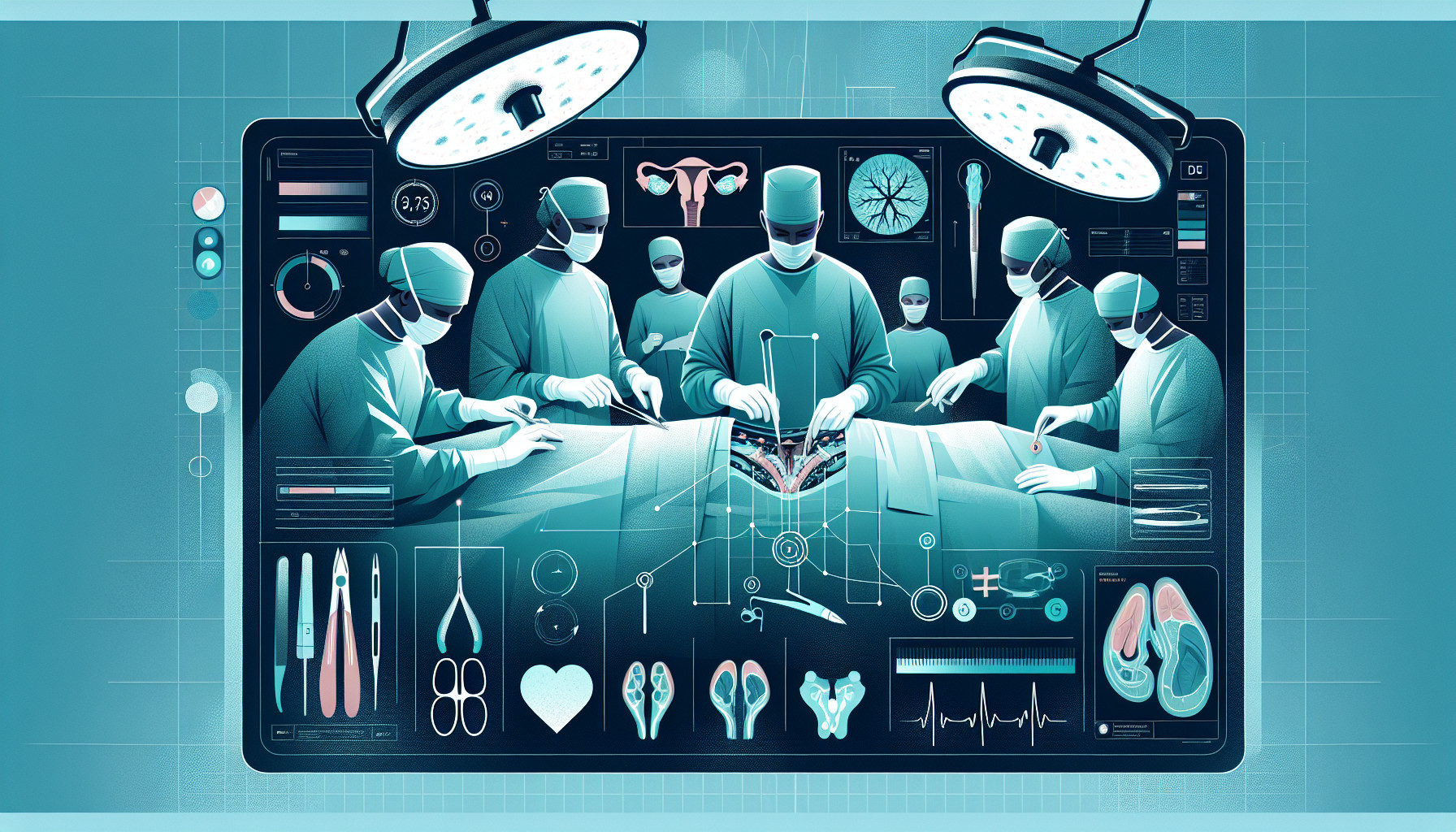Our Summary
This research paper discusses the treatment of germ cell tumors, particularly testicular cancer, using stem cell transplantation. Germ cell tumors are cancers that begin in the cells that give rise to sperm or eggs. Salvage, in this context, refers to the therapy given after an illness has not improved following initial treatment. The study explores the potential of stem cells, which are special human cells that have the ability to develop into many different cell types, to provide a more effective treatment option. This could potentially offer a ‘salvage’ solution for patients whose initial treatments have been unsuccessful.
FAQs
- What is a germ cell tumor in relation to testicular cancer?
- How does stem cell transplantation play a role in testicular cancer treatment?
- What does the term ‘salvage’ mean in the context of testicular surgery?
Doctor’s Tip
“Following testicular surgery, make sure to follow your doctor’s post-operative care instructions closely to promote healing and prevent complications. This may include avoiding heavy lifting, staying hydrated, and taking any prescribed medications as directed. If you experience any unusual symptoms or complications, be sure to contact your doctor immediately.”
Suitable For
Patients who are typically recommended testicular surgery include those with:
- Testicular cancer, particularly germ cell tumors that have not responded well to other treatments or have recurred
- Testicular trauma or injury that requires surgical intervention
- Testicular torsion, a medical emergency that requires immediate surgery to save the affected testicle
- Testicular cysts or other benign growths that are causing symptoms or complications
- Undescended testicles that need to be surgically brought down into the scrotum
- Testicular torsion, a medical emergency that requires immediate surgery to save the affected testicle.
Timeline
Before testicular surgery:
- Patient notices a lump or swelling in the testicle
- Patient visits a healthcare provider for evaluation and diagnosis
- Imaging tests, such as ultrasound, are performed to confirm the presence of a tumor
- Blood tests may be done to assess tumor markers
- Patient undergoes a biopsy to determine the type of tumor
- Treatment options, including surgery, are discussed with the patient
After testicular surgery:
- Patient undergoes surgery to remove the affected testicle (orchiectomy)
- Pathology report confirms the diagnosis and stage of the tumor
- Depending on the stage and type of tumor, further treatment options may be recommended, such as chemotherapy or radiation therapy
- Patient may experience side effects from surgery, such as pain, swelling, and changes in sexual function
- Follow-up appointments are scheduled to monitor for recurrence and assess overall health and well-being.
What to Ask Your Doctor
- What type of testicular surgery do I need?
- What are the potential risks and complications of the surgery?
- How will the surgery affect my fertility and sexual function?
- What is the expected recovery time and post-operative care?
- Will I need any additional treatments after the surgery?
- What is the success rate of the surgery for my specific condition?
- Are there any alternative treatment options available?
- How often will I need follow-up appointments after the surgery?
- Can you provide me with information on support groups or resources for patients undergoing testicular surgery?
- What can I expect in terms of long-term outlook and prognosis after the surgery?
Reference
Authors: Agrawal V, Adra N. Journal: Future Oncol. 2019 Dec;15(34):3881-3884. doi: 10.2217/fon-2019-0531. Epub 2019 Nov 12. PMID: 31714157
